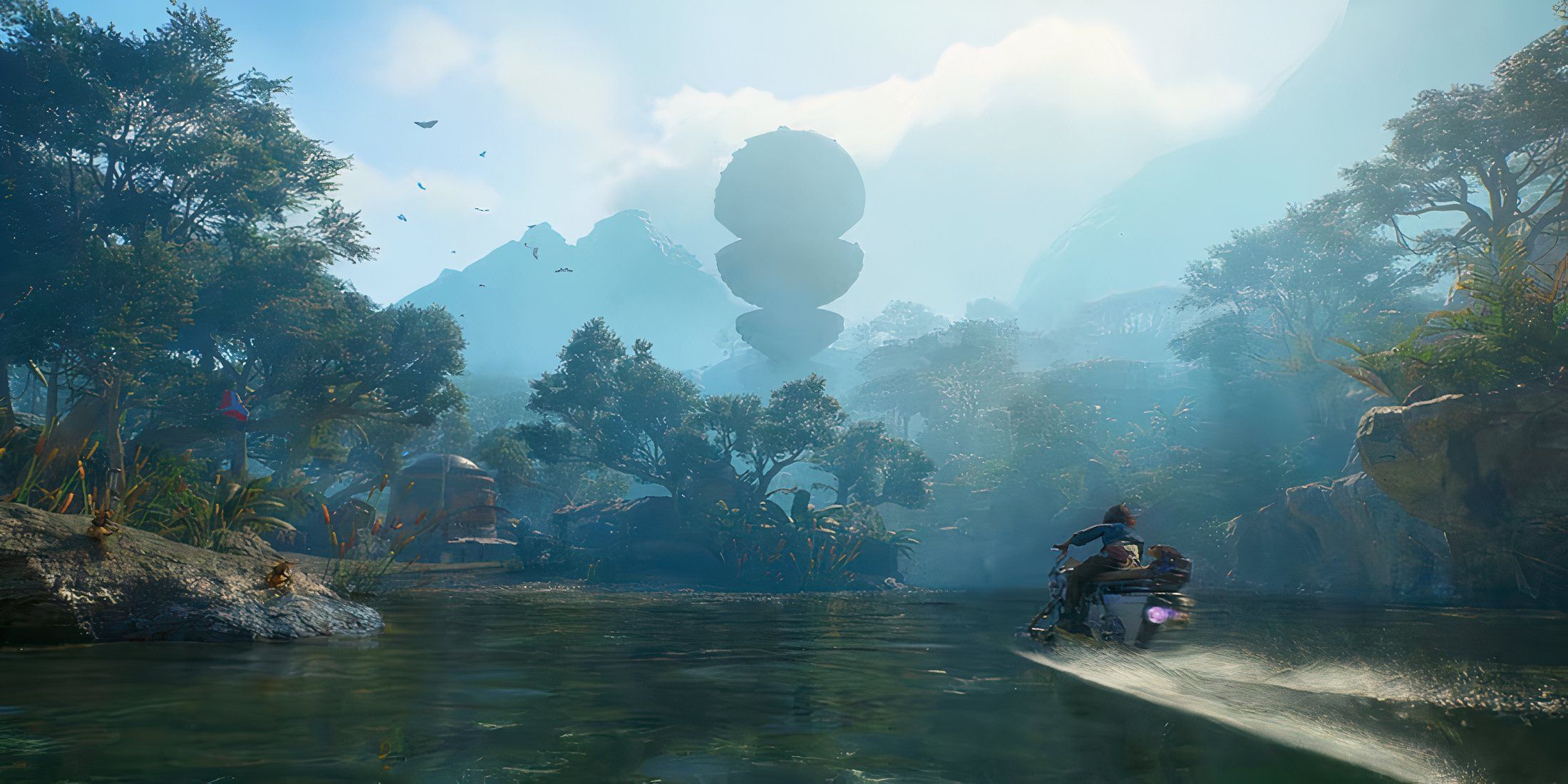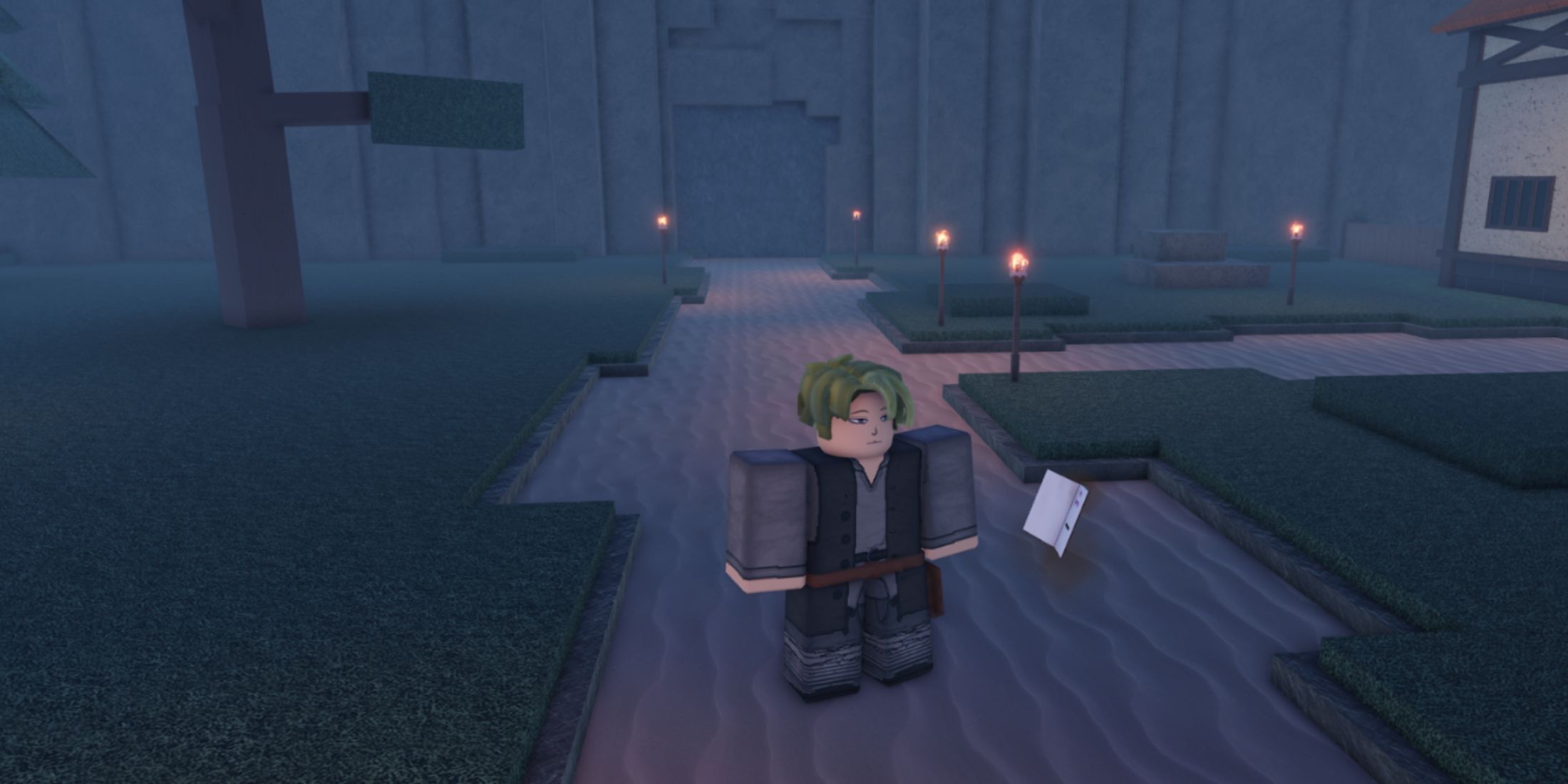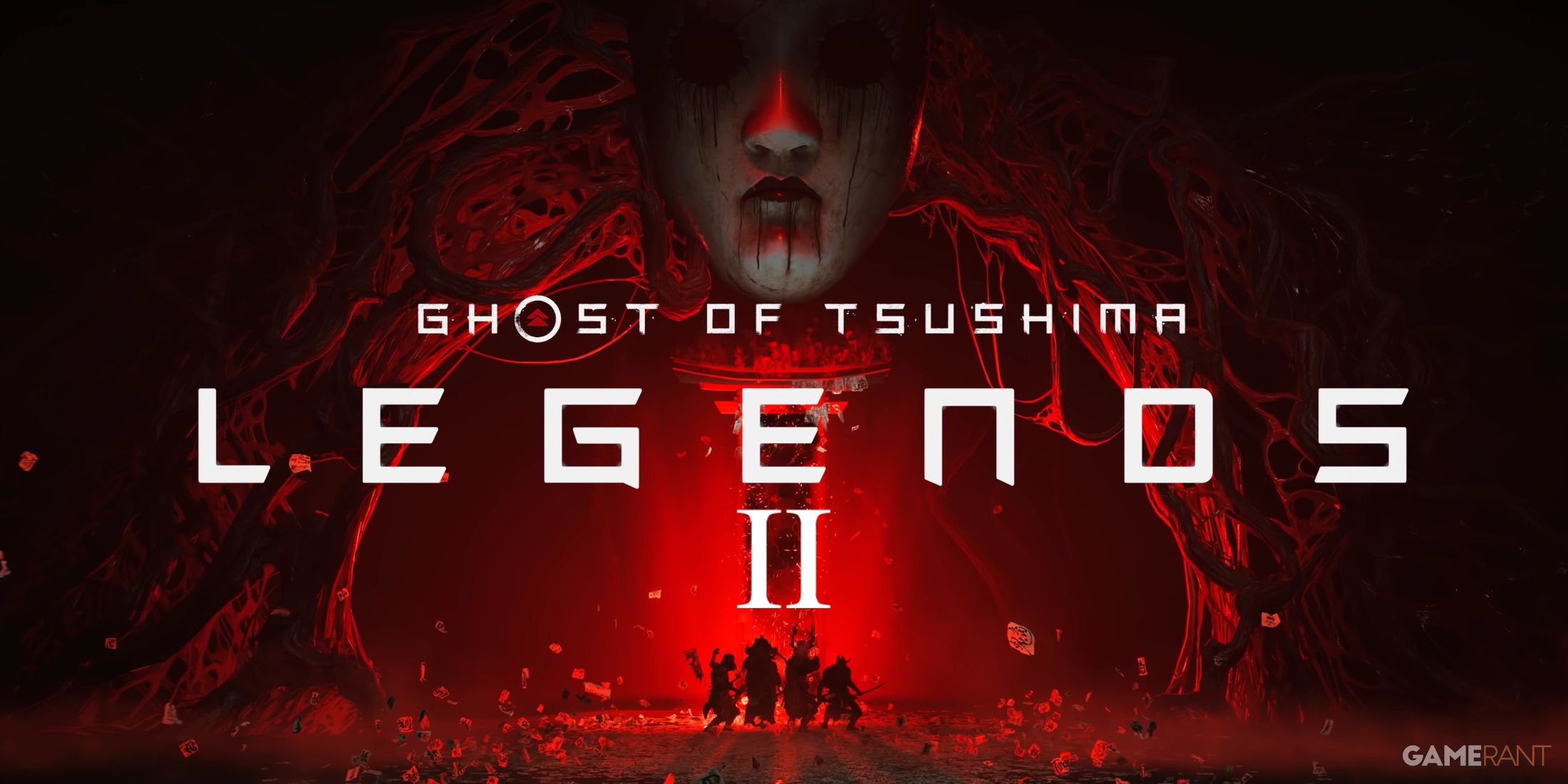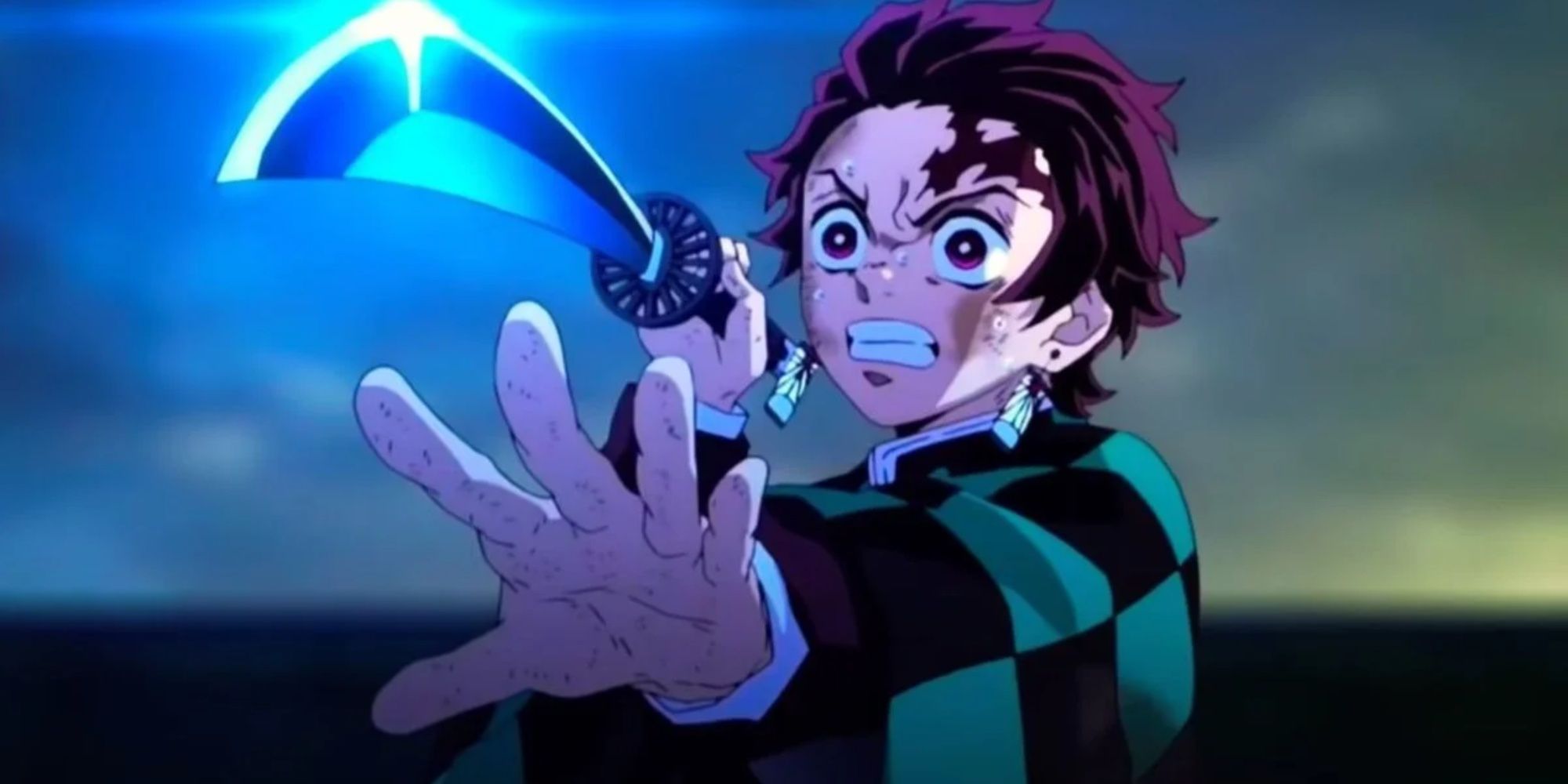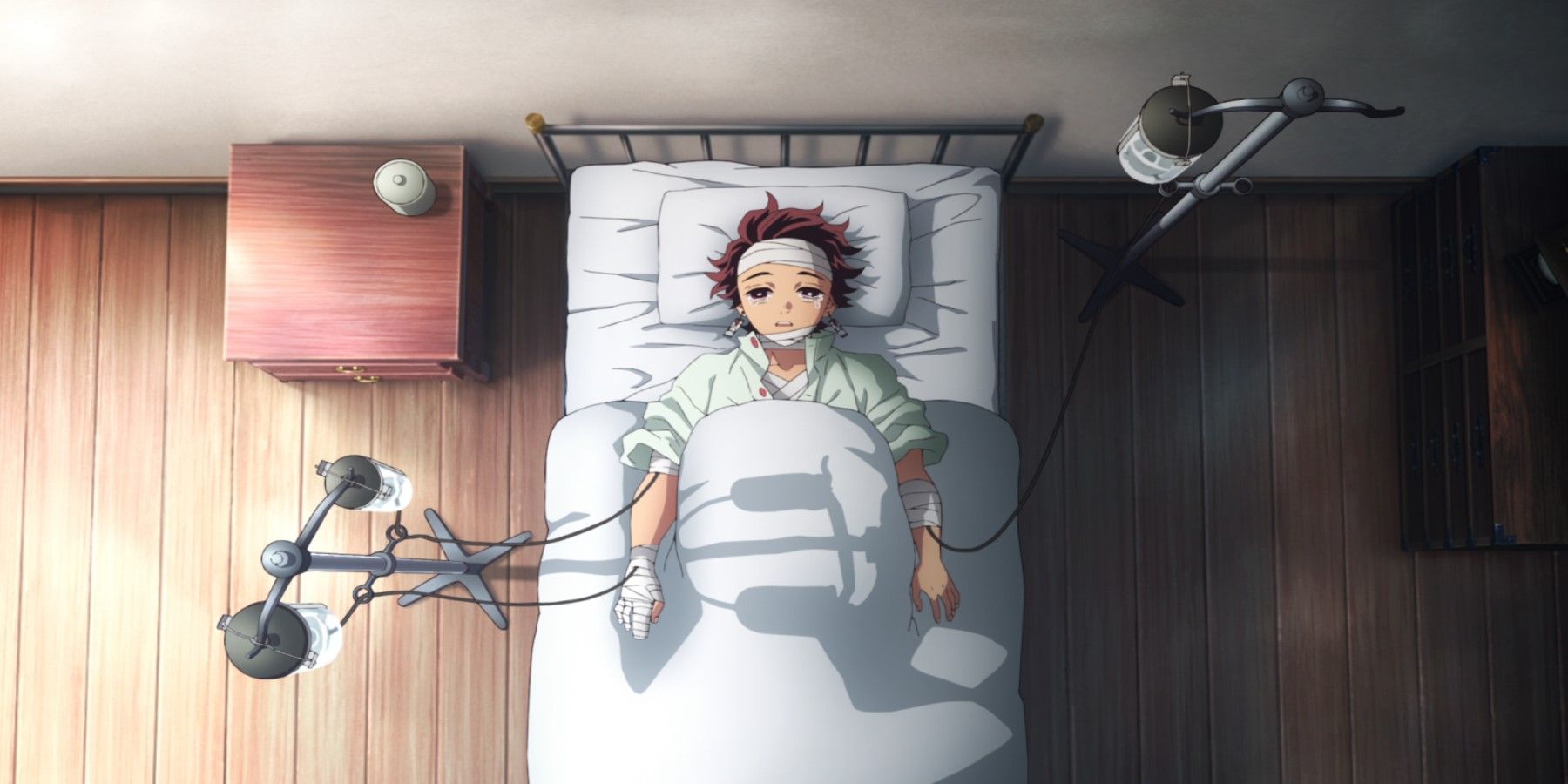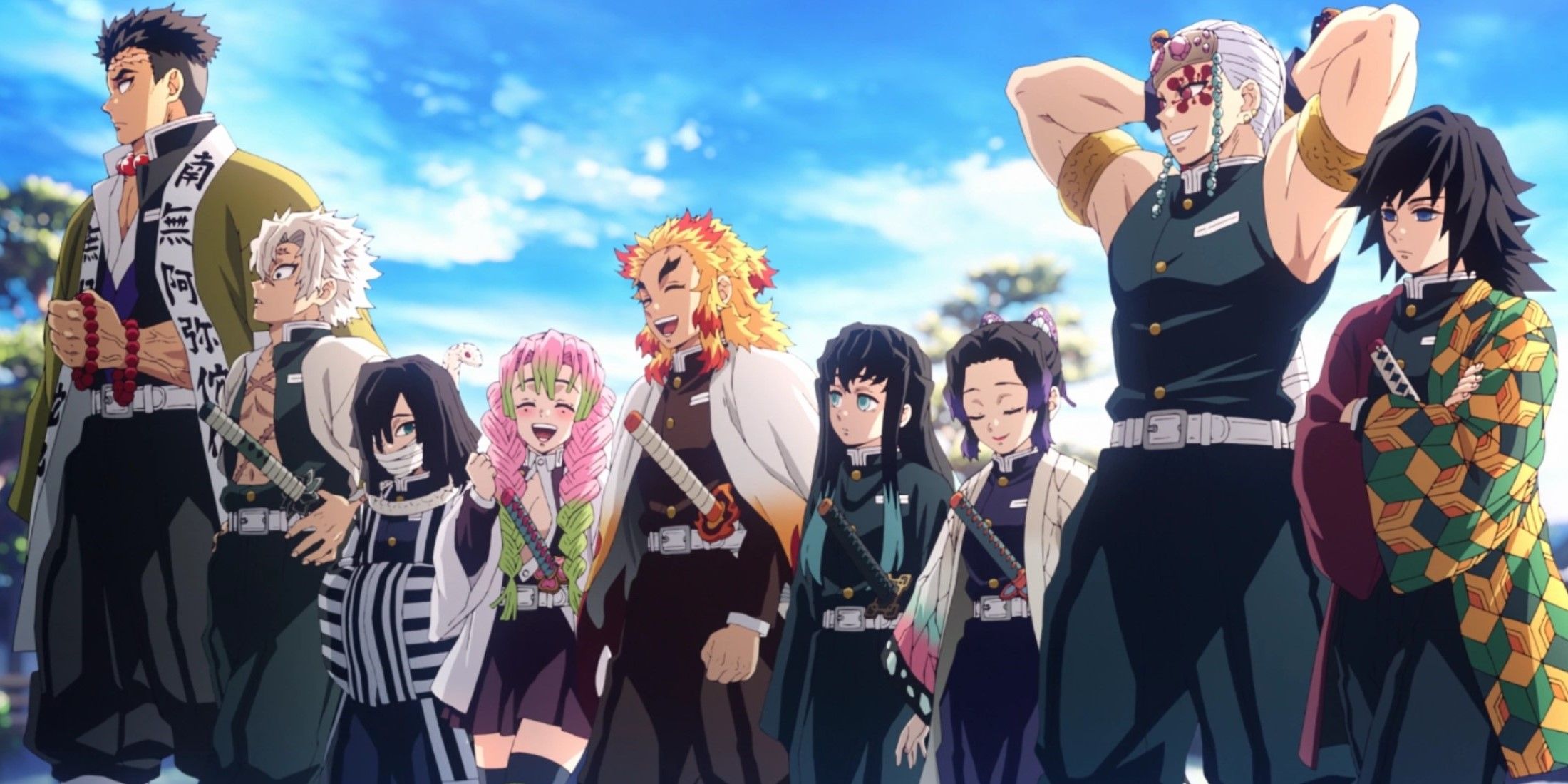The Demon Slayer: The Hinokami Chronicles game is a highly praised adaptation of the anime due to the featured cinematic combat styles and the familiar story that fans already know and love. Even though Demon Slayer: The Hinokami Chronicles is still a relatively young game, there’s still more to explore in the universe of the Demon Slayer anime with future video game adaptations. In order to tap into some of the unused potentials of Demon Slayer adaptations, the key may be lying in features found in recent zombie games.
Demons from the demon slayer anime are arguably comparable to zombies in most regards, especially in video game media. While Demons are more known as taboo monsters and zombies are often considered mindless creatures, the differences between these combatants can easily blur together in the heat of combat. At any rate, future Demon Slayer games playing into what makes zombie games so immersive could take the anime to the next level.
Combat in Future Demon Slayer Games Shouldn’t Miss Out on Dismemberment
While Demon Slayer: The Hinokami Chronicles game did well to reimagine the famous combat techniques and styles from the anime, the combat in the game falls into the same trappings of most fighting games. The combat in Demon Slayer: The Hinokami Chronicles essentially boils down to a battle of attrition, but some additional layers could be revolutionary to this tried-and-true combat format. One such feature that would fit perfectly in the Demon Slayer universe is the complex dismemberment system from Dead Island 2.
Dead Island 2’s F.L.E.S.H. dismemberment, or “Fully Locational Evisceration System for Humanoids” takes into consideration what kind of weapons that players use, as well as where they strike their enemies. In short, players can target specific limbs with particular weaponry to sever the limbs of unique zombies in Dead Island 2. While Demon Slayers and Hashira traditionally use swords and similar bladed weaponry, the attention to detail of where an attack lands is something that future Demon Slayer games should learn from.
In the Demon Slayer universe, beheading a Demon is one of the most reliable ways to slay these monsters aside from exposing them to sunlight, with a few special exceptions for the upper-Rank Demons. In the anime, dismembering the limbs of a Demon mid-combat is extremely common and almost inevitable leading up to the fatal blow. What makes dismemberment such a prominent feature in Demon Slayer is that Demons can expend their energy to regenerate lost limbs, and in some cases, fully repair themselves. When it comes to a Demon Slayer video game adaptation, skipping out on a dismemberment system is a missed opportunity.
Future Demon Slayer Games Should Separate Days and Nights
Another shortcoming of Demon Slayer: The Hinokami Chronicles is that the noncombat encounters left much to be desired. The story is a faithful adaptation that follows the anime with some amazing performances and memorable scenes, though the linear exploration in-between is a bit awkward and minimalist. As far as what future Demon Slayer video games could do to avoid this blunder, one potential solution is to learn from a central feature of open-world zombie games, like Dying Light 2.
One thing that both the Dying Light games have set a new standard for is a meaningful day/night cycle. While Dying Light 2’s day/night cycle may seem arbitrary in regard to zombies, it’s a lot more justifiable in the Demon Slayer universe. Demons are known to be fatally vulnerable to sunlight, so separating day from night would be interesting to experience in a Demon Slayer video game.
Further, separating the combat from the exploration could be a perfect chance for players to fully immerse themselves in the Demon Slayer universe between preparing for epic overnight battles. There are a lot of interesting features and characters in the Demon Slayer anime mythology beyond the phenomenal combat, so giving payers ample opportunity to explore and develop relationships could be a worthwhile investment.

